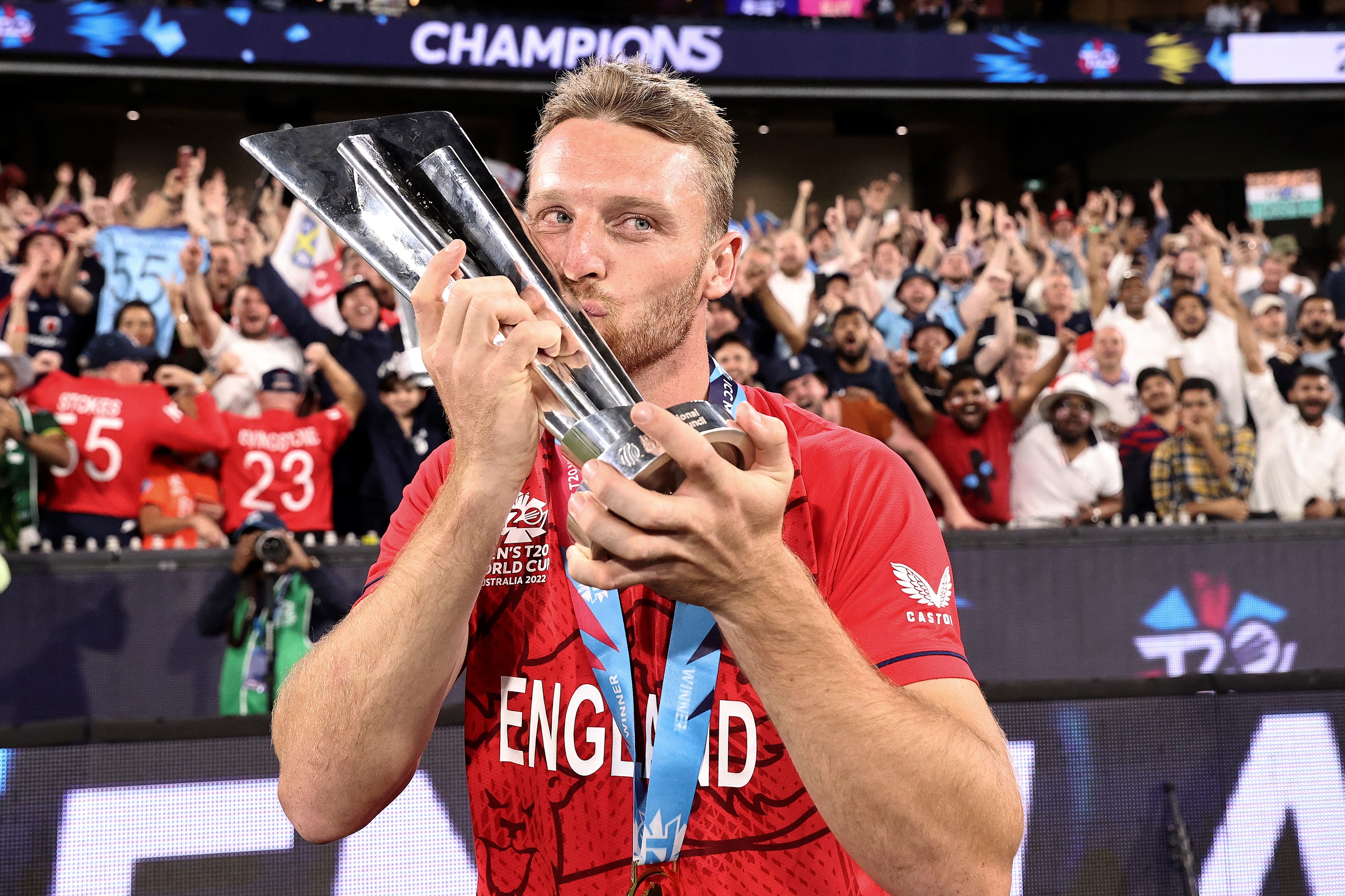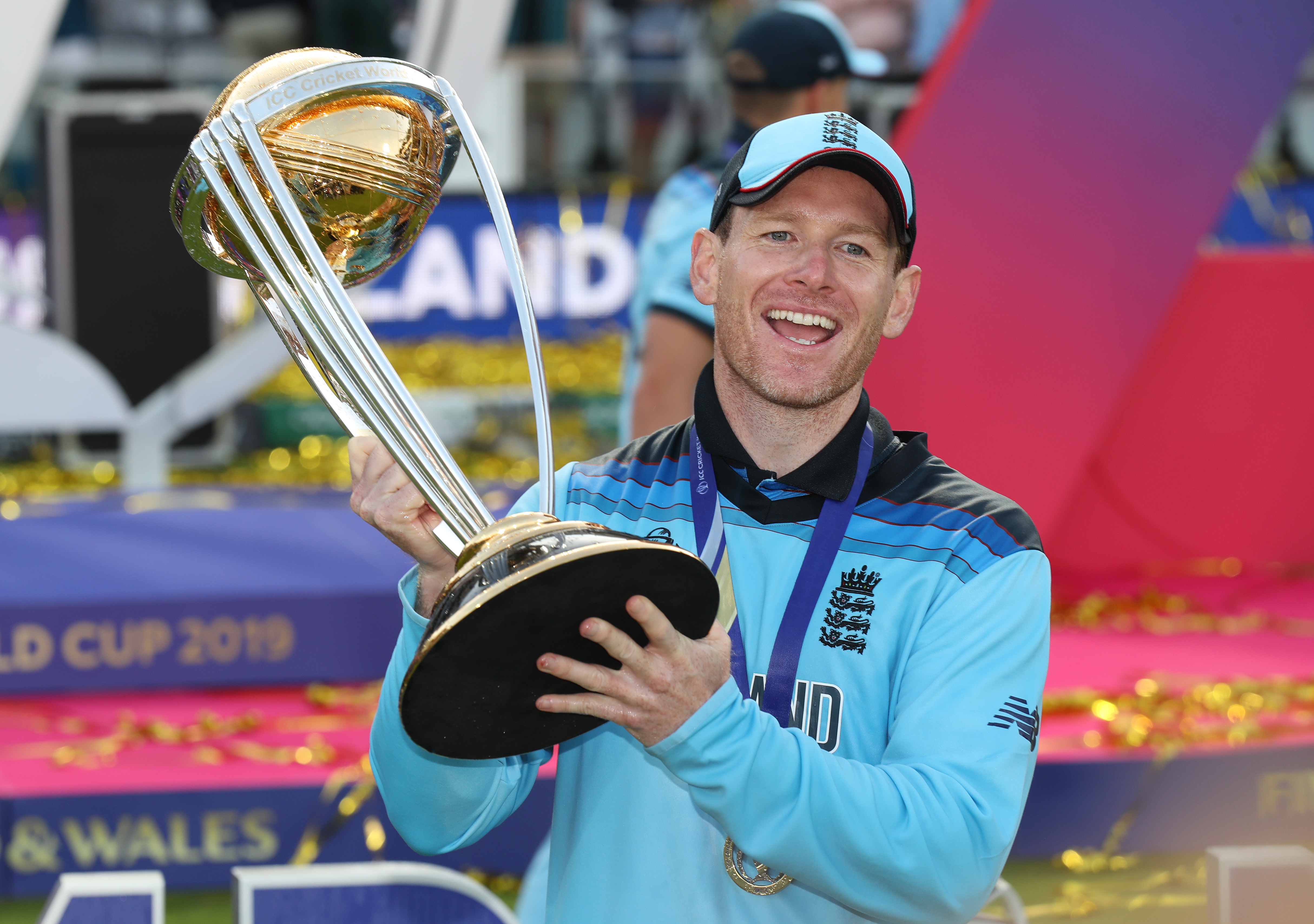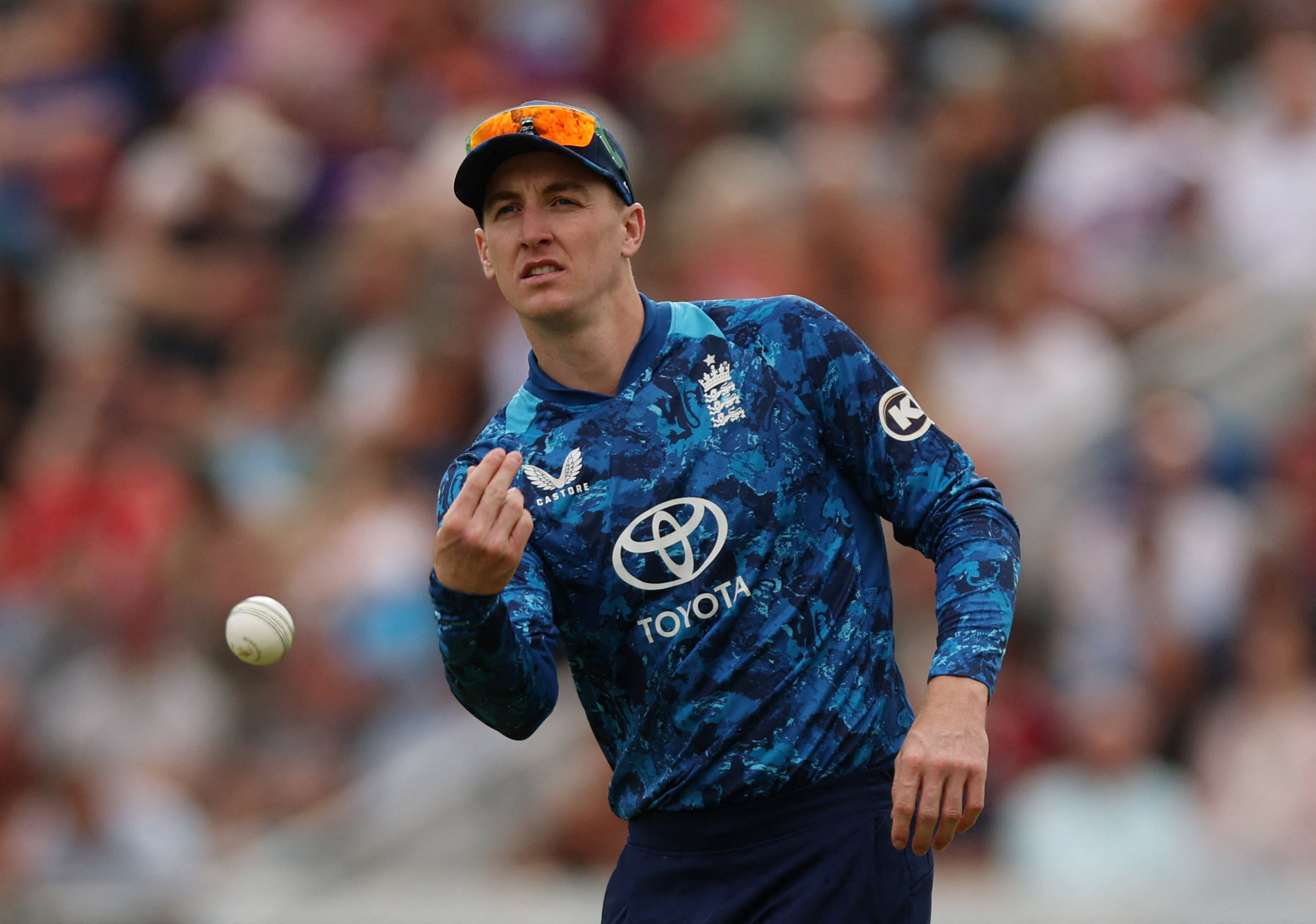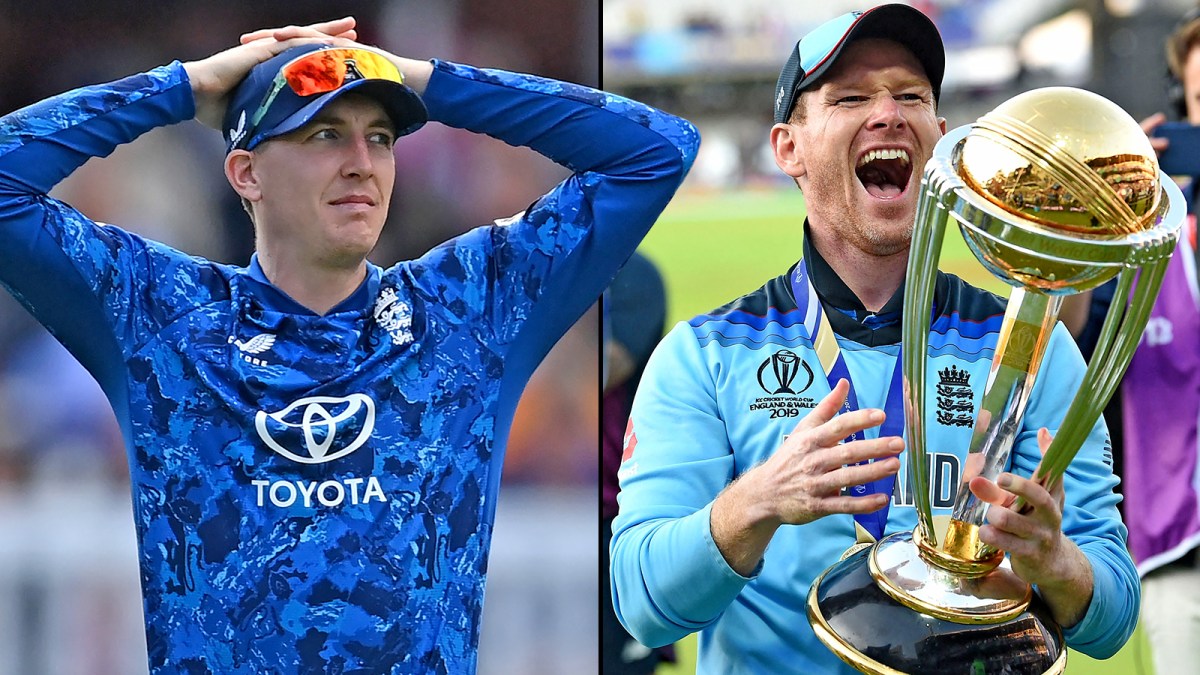When Jos Buttler’s team won the T20 World Cup in 2022, Aaron Finch, Australia’s captain at the time, described England as having set the “benchmark” in limited-overs cricket. It must have stuck in the craw of an Aussie to admit such a fact, but an undeniable fact it was: between 2015 and 2022 England were the pre-eminent side in white-ball cricket, setting standards to which others aspired.
Trends are not always easy to discern under Brendon McCullum because the wins and losses tend to the extreme, encouraging observers to exaggerate the meaning of both the good days and bad. The recent ODI series against South Africa was a case in point: a truly dismal drubbing at Leeds was followed five days later by a victory at Southampton, the scale of which had never been achieved by any men’s side in a one-day international before.
Yet the trend — in 50-over cricket at least — is relatively straightforward to establish, given the decline in results over a period of time. Since the 50-over World Cup two years ago, England have won eight out of 23 games and no side has had a worse record against teams ranked in the world’s top eight. Nestled in between Afghanistan and West Indies, England are ranked No8 in the world in that format at present.

England were considered the “benchmark” in limited-overs cricket when Buttler’s side won the T20 World Cup in 2022
MARTIN KEEP/AFP VIA GETTY IMAGES
McCullum’s tenure in white-ball cricket is a relatively recent one and his responsibility for this downward trend is only partial. He took over at the start of 2025, before the tour to India and the Champions Trophy — a period of 12 ODIs, only four of which have been won. The immediate upturn that followed his appointment as Test coach has not materialised, and there have been mistakes around selection and strategy, especially before and during the Champions Trophy.
It is a tough gig (in the piffling context of sport, I hasten to add) that he’s been given, trying to succeed across formats in a congested schedule. Tougher still, perhaps, because the conditions for success that enabled England to set the benchmark in that golden period after 2015 no longer exist — and are unlikely to in the future.
What were these pre-conditions for 50-over success? Eoin Morgan’s outstanding leadership; a team that came to have a specific white-ball identity; players who had extensive prior experience in domestic list A cricket; a clear sense that England’s white-ball international cricket needed to be given proper focus, and the notion that the 50-over World Cup was the pre-eminent one-day tournament to compete in and win.
It is early days for Harry Brook, only six matches in charge of the 50-over team so far, but he will do well to match up to Morgan. This is not so much a comment about Brook, by the way — more about Morgan, who was exceptional. Morgan was meticulous, strategic and very careful about his public comments. Brook seems to be a more fly-by-the-seat-of-his-pants type and he has yet to understand that his comments, which sometimes combine to appear loose and dismissive, carry weight.

Morgan’s outstanding leadership and a focused white-ball identity played a key role in the 2019 World Cup success
TIMES PHOTOGRAPHER MARC ASPLAND
Morgan also had the advantage of not being part of the Test team (he played his last Test in 2012), whereas Brook’s commitments will be spread thin, in demand for every important assignment by dint of his brilliance as a batsman. Ben Duckett and Jamie Smith have been belatedly rested for the T20s against South Africa, which begs the question, given his own demanding summer schedule, how must Brook be feeling now?
While Trevor Bayliss was England’s coach across formats in the period of sustained success, Morgan, as a white-ball specialist, had the time, space and drive to be able to plan and prepare for each assignment, a luxury that will be denied McCullum and Brook. While Morgan’s team had its share of multi-format players, it also had a specific white-ball identity.
The 2019 World Cup-winning squad included some multi-format players, such as Joe Root and Jonny Bairstow, but there was a core for whom white-ball internationals were their moment in the sun. The delineation between formats was emphasised especially by the examples of those not selected, like Stuart Broad and James Anderson, who were saved for Test cricket. The present policy is to align the squads closer together.
In principle, this is a strategy that is understandable and has merit. There is probably as much in common between Test cricket and 50-over cricket, as between 50-over cricket and T20. The present belief is that the best Test players are also the best 50-over players, as seen by the batting line-ups being essentially the same. In practice, though, whether the strategy survives the gruelling and congested fixture list remains to be seen.

Brook took over as England’s white-ball captain after the Champions Trophy and is a key member of the Test side
LEE SMITH/REUTERS
As for viable domestic list A experience, this will be denied the present and future generation, in a way that was not the case earlier. Clearly, under the existing domestic schedule, the youngest and brightest will get some 50-over experience in the Metro Bank One-Day Cup, but once they get picked up in the Hundred, not so much. After that, their experience will be solely first-class and short-form cricket.
As a contrast, consider the list A experience, outside of ODIs, for this and the previous generation: Jamie Smith, Jacob Bethell and Brook have played 46 non-international list A games between them; Buttler, Alex Hales and Jason Roy, for example, played 122 40-over matches before their international careers began in earnest.
And what of competing influences? The resting of Duckett and Smith for the T20 internationals against South Africa, with the T20 World Cup five months away, having played the entire month of the Hundred, offers a clue. Effectively, when the new participation agreements for the Hundred kick in next year, England will wave goodbye to their players for three months of the calendar, two months of the Indian Premier League and the month of the Hundred.

Smith, one of England’s all-format players, has been rested for the T20 series against South Africa
JUSTIN TALLIS/AFP VIA GETTY IMAGES
And globally, what of the 50-over format? It is no secret that administrators are going lukewarm on it. The present edition of the Asia Cup is T20 rather than 50 overs to fit in with the demands of the global schedule — the next ICC event is the T20 World Cup in early 2026 — but is a likely precursor of future trends, with ODIs feeling the squeeze.
In any event, it would be hard to argue, because of the proliferation of “World Cups”, that the 50-over version is as meaningful as when Morgan’s men won it six years ago. Since then, there has been another four World Cups — three T20s and a 50-over version. By the time the 2027 50-over tournament comes around in South Africa, there will have been seven World Cups in eight years.
Of course, future success does not depend on the same pre-conditions that existed before, and every country will have its own unique challenges. No one, though, plays as much Test cricket as England, who have played a quarter as many Tests again as their nearest rivals, India and Australia, over the past decade. Achieving simultaneous and sustained success across formats will not be straightforward.

